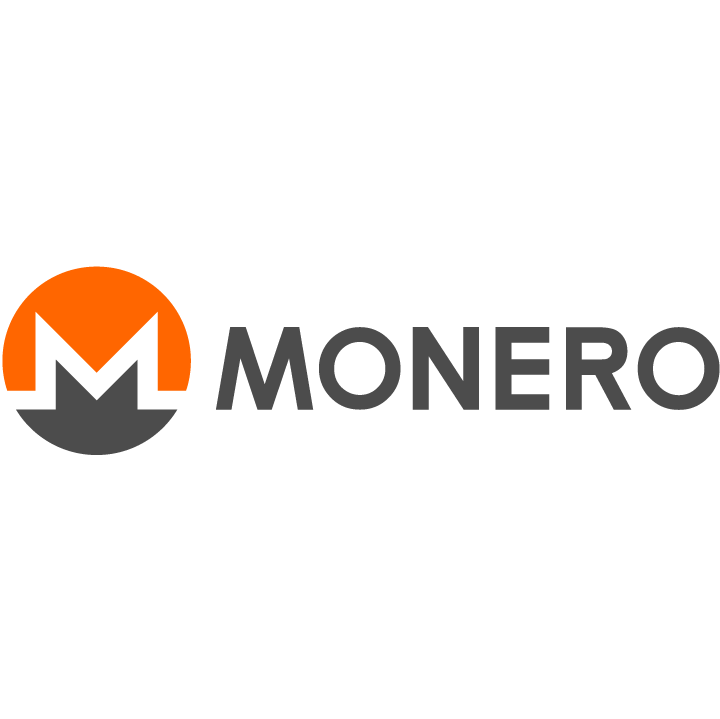How to work on Monero repository locally
Monero, recognized for its dedication to privacy and open-source principles, stands as a prominent cryptocurrency built upon the CryptoNote protocol. For those looking to engage with the Monero repository directly from their local environment, here are the essential steps to get started:
- Install Git: Monero uses Git as a version control system, so you will need to install it on your local machine if you haven’t already. You can download Git from the official website (https://git-scm.com/downloads).
- Clone the Monero repository: Next, you need to clone the Monero repository onto your local machine. Open a terminal window and run the following command: git clone https://github.com/monero-project/monero.git This will download the entire repository, including all its history, to a local directory called “monero”.
- Install dependencies: Monero has a number of dependencies that you will need to install before you can build the software. The dependencies include various libraries, tools, and compilers. The exact dependencies vary depending on your operating system and environment, but they are listed in the “build-unix.md” file in the repository.
- Build Monero: Once you have installed all the dependencies, you can build Monero by running the following command in the “monero” directory: make This will compile the source code and generate the executables.
- Test Monero: Before making any changes to the code, it is a good idea to test the existing code to make sure it works as expected. You can run the test suite by running the following command: make test
- Make changes: Now that you have cloned the repository and built Monero successfully, you can start making changes to the code. Choose an issue or feature that you would like to work on and create a new branch for it. git checkout -b my-feature
- Commit changes: Once you have made your changes, you can commit them to your local repository by running the following commands: git add . git commit -m “My changes”
- Push changes: Finally, you can push your changes to the remote repository on Github by running the following command: git push origin my-feature
- Submit a pull request: After pushing your changes, you can submit a pull request on Github to propose your changes to be merged into the main repository.
These are the basic steps to work on the Monero repository locally. Of course, there is much more to learn about Git, building software, and contributing to open-source projects, but this should give you a good starting point. Good luck!
